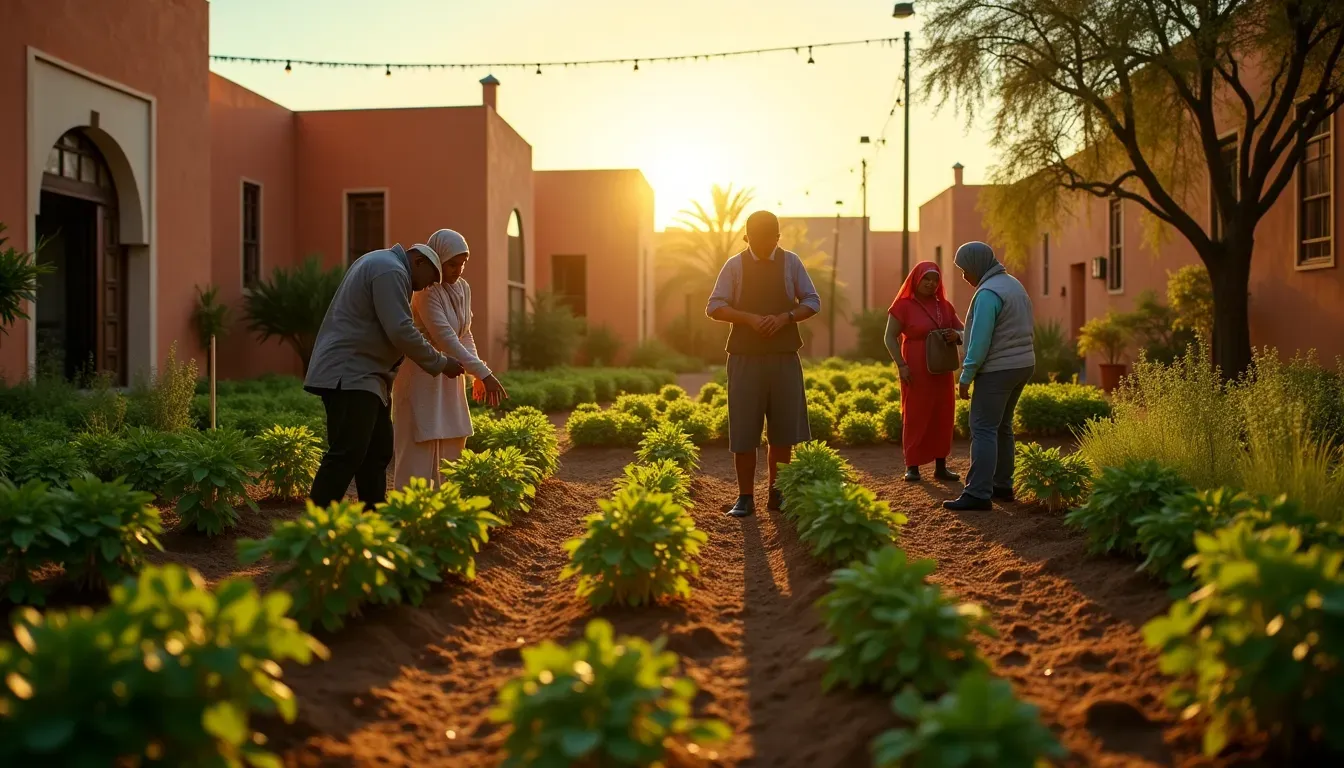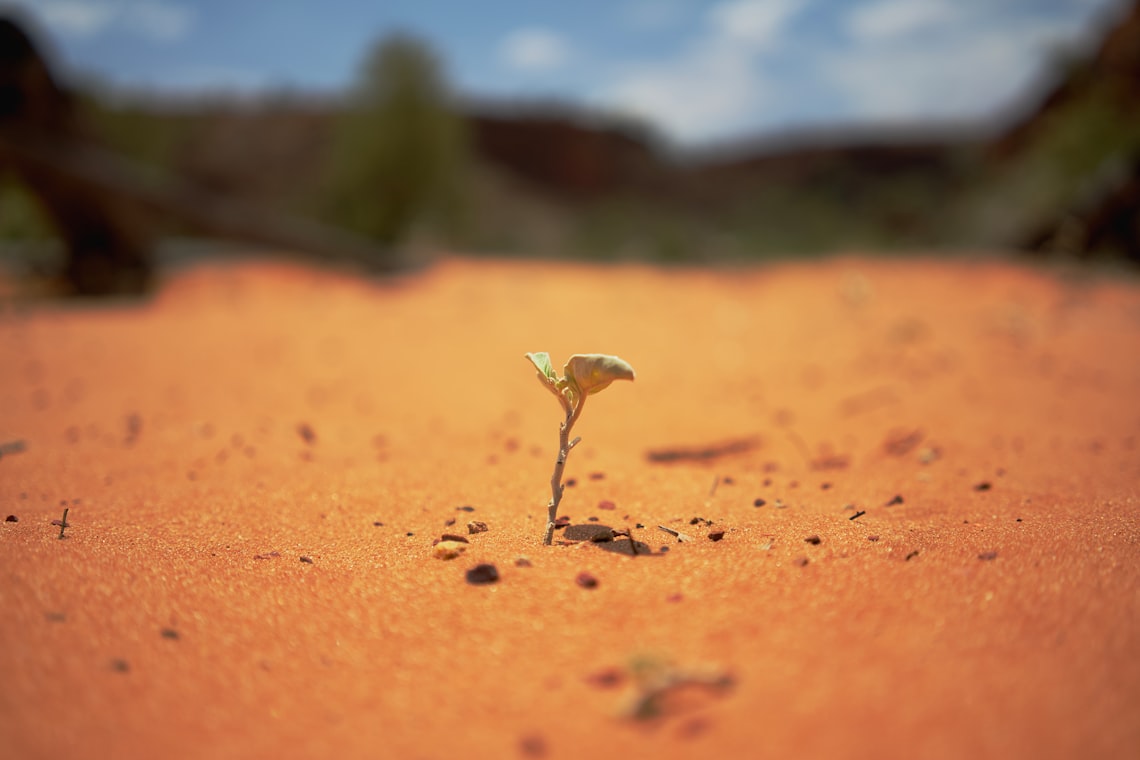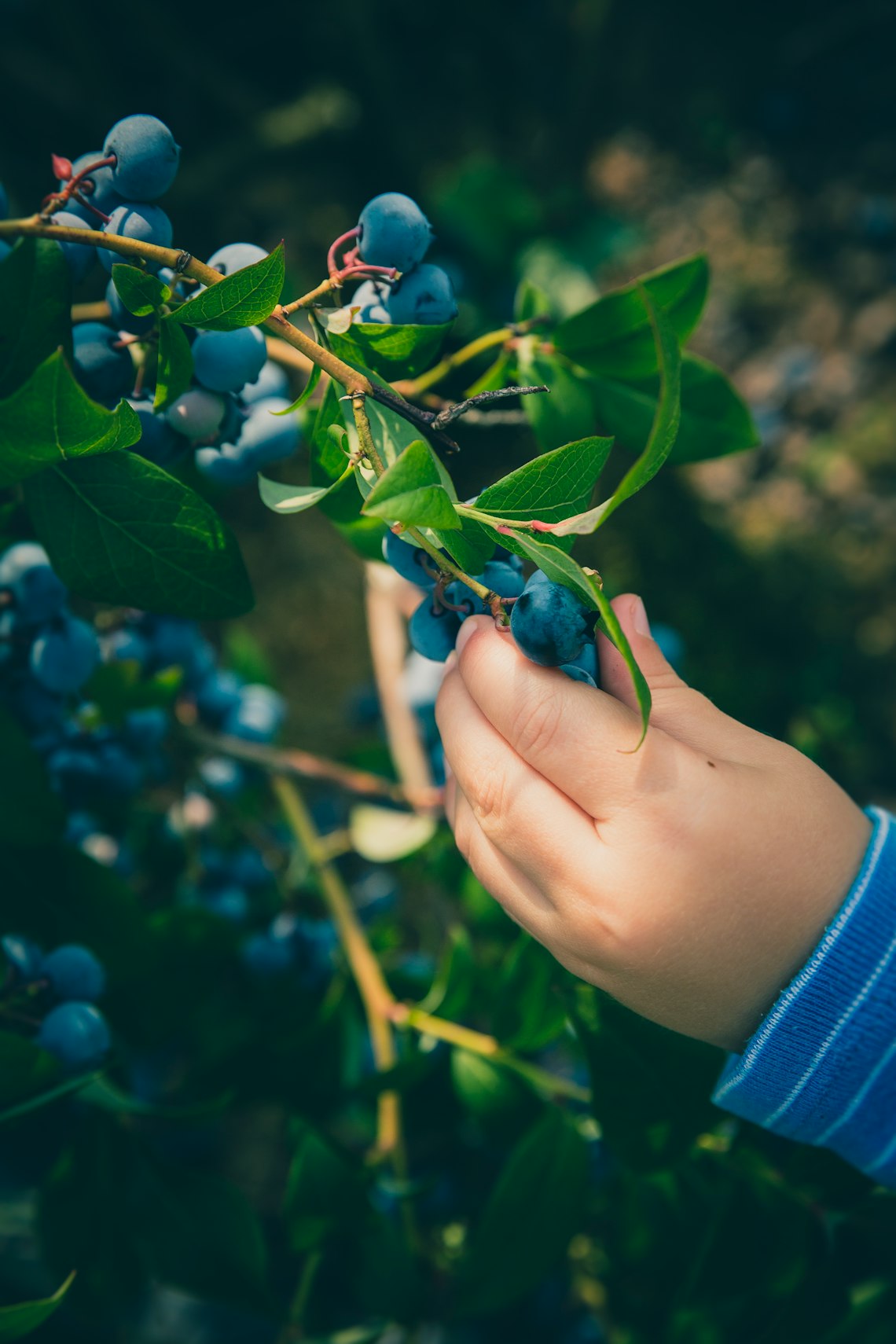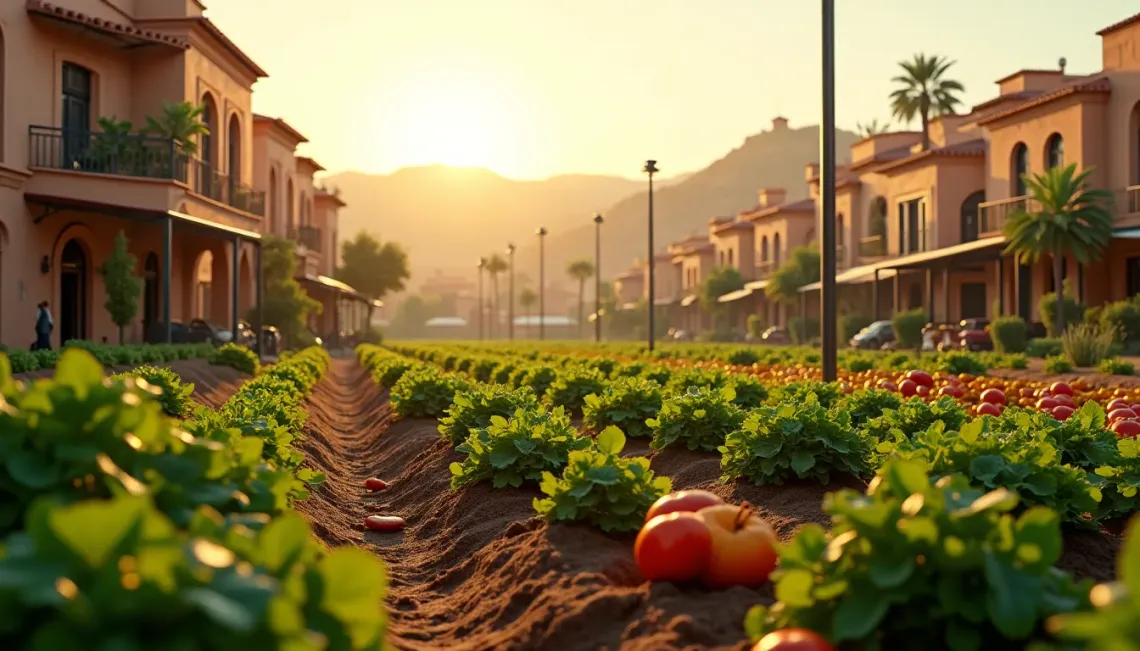In the heart of Morocco, a movement is quietly weaving its way through cities and rural spaces alike: community gardens. These vibrant patches of green not only bring life to urban areas but also foster a profound sense of connection and sustainability among the residents. The emergence of community gardens in Morocco represents a shift towards urban agriculture, offering a sustainable future rooted in collaboration and tradition.
The Rise of Urban Agriculture in Morocco
As Morocco’s cities continue to grow, so does the importance of urban agriculture. Community gardens have become pivotal in promoting environmental sustainability while enhancing social bonds. These gardens offer a respite from the urban hustle and bustle, providing a sanctuary where community members can gather, share knowledge, and cultivate the land together.
Connection Through Cultivation
With Morocco's rich agricultural history, community gardens act as a bridge between generations, sharing ancient cultivation techniques with a modern twist. In Casablanca, for example, these green spaces serve as outdoor classrooms where young and old alike learn about traditional planting methods, all while nurturing relationships that span across generations. It's in these gardens where people find a shared purpose, nurturing both plants and friendships.
Sustainability at the Core
Sustainability is at the heart of Morocco's community gardens. These gardens help reduce the carbon footprint by encouraging local food production, reducing the need for long-distance transportation of goods. They also promote biodiversity by cultivating a variety of plant species, which naturally attracts local pollinators such as bees and butterflies.
The direct benefits are tangible:
- Reduction in food miles, as produce is grown locally.
- Enhanced biodiversity, supporting various forms of wildlife.
- Improved mental and physical health due to active participation in gardening activities.
Challenges and Opportunities
Despite their benefits, community gardens in Morocco face several challenges, including water scarcity and limited access to land in urban areas. However, innovative solutions are emerging. Rainwater harvesting systems and collaborations with local governments to secure public land for garden use are paving the way for more sustainable practices.
Moreover, the formation of local garden cooperatives has strengthened the movement, allowing community members to pool resources and knowledge. This cooperative model has not only supported the growth of individual gardens but has also inspired similar projects in neighboring communities.
Looking Forward: A Greener Morocco
The spread of community gardens across Morocco symbolizes a deeper commitment to sustainability and urban agriculture. As these green spaces continue to flourish, they offer insights into how communities can adapt to environmental changes while fostering social cohesion.
This movement is complemented by related initiatives such as Morocco's investment in renewable energy and expanded green technology. Together, these efforts paint a promising picture of a more sustainable Moroccan future.
Community gardens in Morocco are more than just green spaces; they are living embodiments of connection and sustainability. For those interested in learning more about the connection between urban development and agriculture, exploring sustainable farming practices in arid regions can offer additional perspectives. As Moroccans join hands to cultivate their own food, they are also nurturing a community spirit that promises a greener, more sustainable tomorrow.




